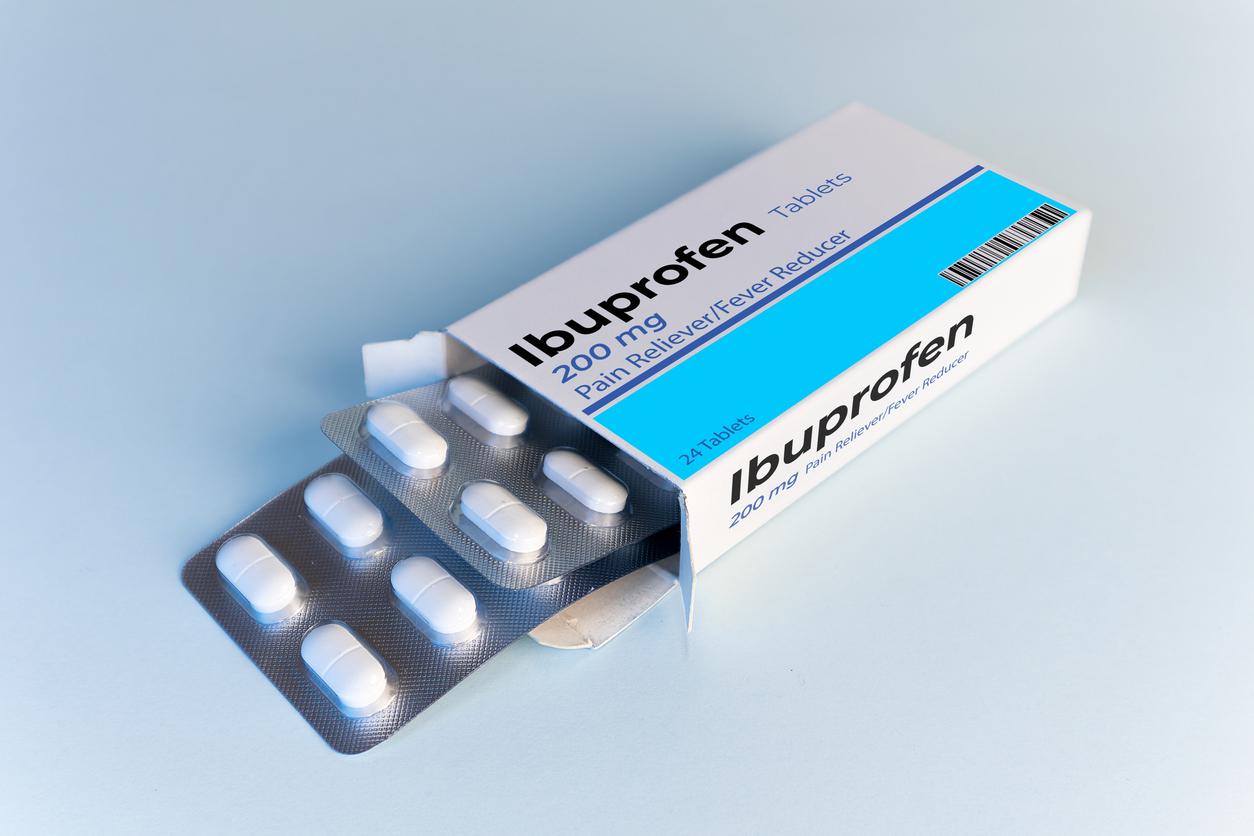
In 1966, the Italian coachbuilder Bertone produced a Porsche 911 Spyder at the request of a Californian importer of the German manufacturer. The convertible displays a style as accomplished as it is far from the original model. This unique copy has been exchanged between collectors several times since.
The range of the Porsche 911 is now well established, and oh so varied. In addition to the more or less radical or luxurious configurations of the German sports car, it notably includes three types of bodywork: coupé, convertible and Targa.

These last two are discoverable and therefore form an atypical duo within the same catalog, especially nowadays. The first is a classic convertible while the second has an electrically retractable hardtop panel and a fixed central rollbar.
Let’s not talk about the Speedster, which reappears with each generation in the form of a limited series. But at the beginning of the 911, Porsche was still experimenting and many studies were carried out. Among them is a 911 Spyder bodied by Bertone, aesthetically very far from the original model, which remains a unique example.

The California influence

Like the 356 before it, the Porsche 911 marketed in 1964 was to be available as a convertible. The German manufacturer commissioned Karmann to design such a variant. Prototypes were built but the tests showed an insurmountable lack of rigidity.
Porsche therefore changed course to design the first 911 Targa, presented at the 1965 Frankfurt Motor Show. a real 911 in the open air. The management allowed him to make a prototypeand the businessman turned to the Italian Nuccio Bertone for this.

Italian 911
Based on a 911 chassis, Bertone produced bodywork in the purest Italian style. The bow of the car is slimmer towards the front and incorporates retractable lights, the front bonnet is no longer deeply hollowed out between the fenders, the curve of the coupé disappears in favor of an almost horizontal rear section, and the rear seats are removed to accommodate a soft top which, incidentally, was not produced in time for the presentation of the car.

The latter was unveiled at the 1966 Geneva Motor Show in a burgundy color with the 130 hp flat-six of the base 911 under its hood. Its interior had also been completely redesigned. The seats, the dashboard, the central console and the layout of the instruments differ from what is found on board the original 911.

TO READ. Bertone. Production cars signed by the Italian coachbuilder
An unknown but nevertheless popular 911
Despite an enthusiastic reception from the public, Bertone’s Porsche 911 Spyder did not receive the green light from Ferry Porsche for sale. Too far from the coupe in terms of design, it would have required a separate positioning and its design induced a selling price much higher than that of the Targa, a commercial risk that Porsche refused to take. John von Neumann obtained the right to keep this prototype, the production of which he had financed.


The car still exists and has had six owners to date. It now sports black bodywork and is powered by a 160 bhp 911 S engine. In 2018, it was auctioned by Gooding & Co. with an estimated price of between $700,000 and one million, and was sold for $1,430,000 (about 1.39 million euros today), more than double its low estimate.

















